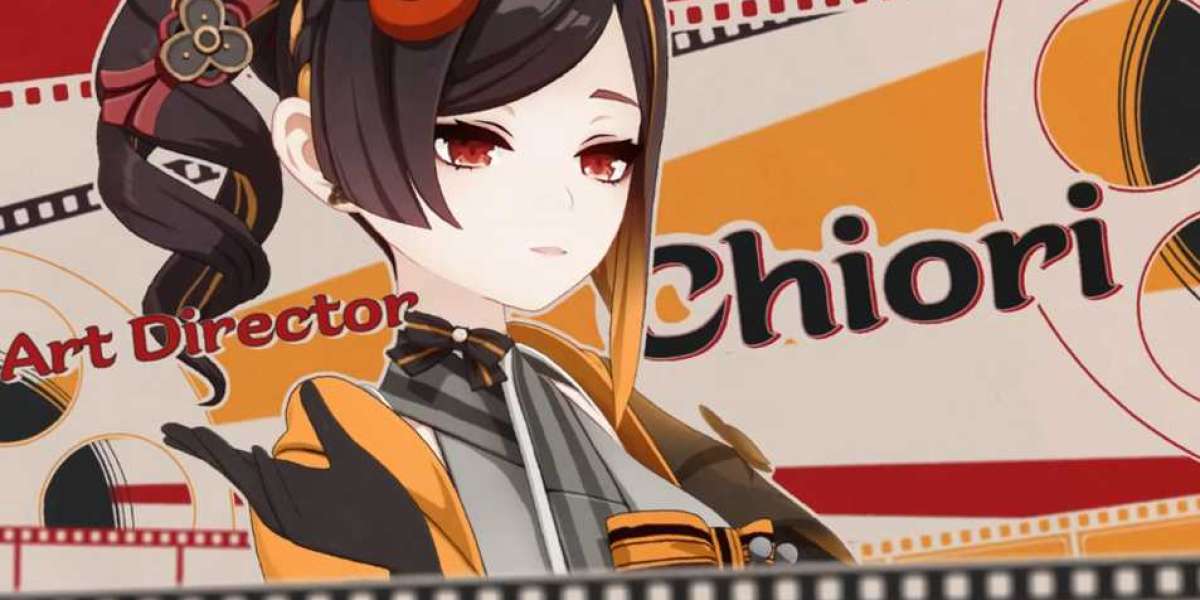Ice hockey is more than just a sport; it's an intricate dance of skill, strategy, and teamwork played out on a frozen stage. In this article, we'll delve into the art and strategy that make ice hockey a captivating and dynamic game, from the nuances of player positioning to the intricacies of power plays.
At its core, ice hockey is a game of speed and agility. Players glide across the ice, deftly handling the puck with their sticks, showcasing a combination of finesse and physicality. The position of each player on the ice is crucial, with forwards aiming to score goals, defensemen defending their territory, and goalies acting as the last line of defense.
The offensive strategy in ice hockey revolves around creating scoring opportunities. Teams employ tactics like cycling the puck, where players move it around the offensive zone to confuse the opposing defense and create openings. The art of passing is fundamental, with precise and quick passes being the key to breaking through the defense and setting up scoring chances.
Defensively, teams employ strategies to protect their goal and limit the opposing team's scoring opportunities. The neutral zone trap, a defensive tactic popularized in the 1990s, involves clogging the neutral zone to impede the opposing team's offensive progress. Shot-blocking, where players throw their bodies in front of incoming shots, is another crucial defensive skill that can turn the tide of a game.
Special teams play a pivotal role in ice hockey, with power plays and penalty kills shaping the ebb and flow of the game. During a power play, a team with more players on the ice takes advantage of the numerical superiority to create scoring chances. Conversely, a penalty kill requires the short-handed team to defend their goal against the opposing power play.
The role of the goaltender cannot be overstated in ice hockey. Goalies are the last line of defense, tasked with stopping shots from all angles. Their athleticism, reflexes, and strategic positioning are critical in determining the outcome of a game. A standout goaltending performance can be the difference between victory and defeat.
Coaching in ice hockey is an intricate art that involves understanding the strengths and weaknesses of both the team and the opposition. Coaches develop game plans, analyze opponents' strategies, and make in-game adjustments to outsmart the opposition. The ability to read the flow of the game and make strategic decisions on the fly is a hallmark of successful hockey coaches.
In conclusion, ice hockey is a complex and beautiful sport that combines athleticism, skill, and strategy. From the precision of passing to the calculated moves of goalies, every aspect of the game contributes to its excitement and drama. Whether played on frozen ponds or in state-of-the-art arenas, ice hockey continues to captivate audiences with its blend of artistry and strategic brilliance.


